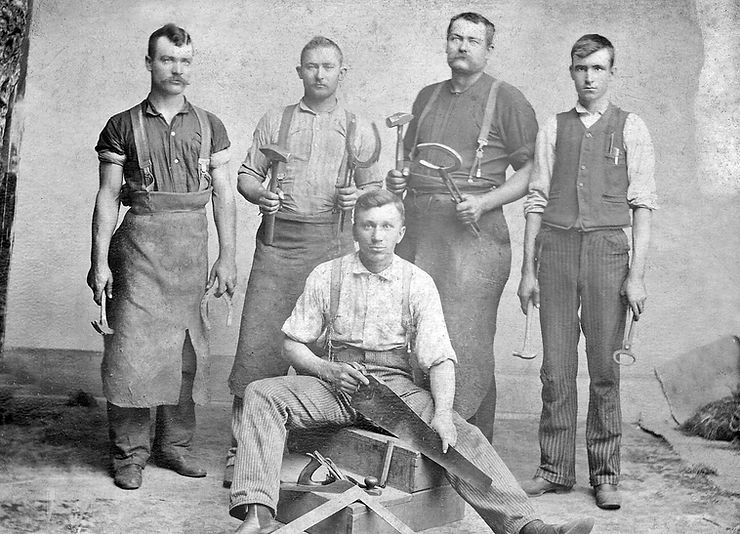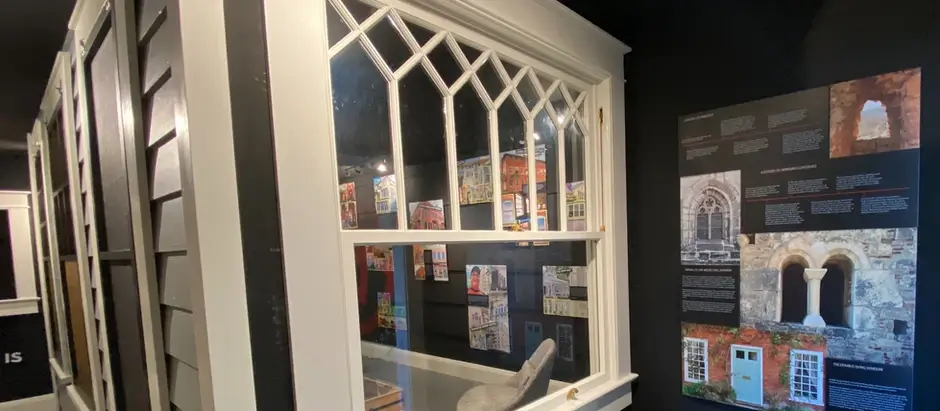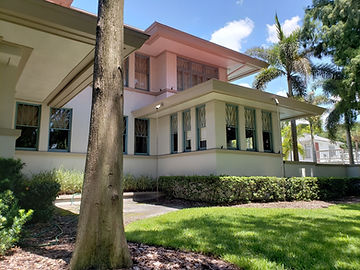
It was an archetypal time, unlike any other in history. The land of opportunity had reached its full stride. There was an ‘unending’ supply of raw materials, huge advances in technology, and a spirit of hope. America was thriving.
The homes of this archetypal time continue to capture the imagination of America. Historic neighborhoods with bungalows, like the Craftsman, Foursquare, and Mediterranean are the neighborhoods we imagine when we think of what America is.
In the preceding centuries, humans had been searching for the best, most practical way to build a shelter, one which would keep the elements out, keep them safe, and be somewhere they could call home. These building innovations that had occurred over thousands of years collided in this archetypal time to produce the classic historic homes we love today. Millions of these homes were built, creating archetypal neighborhoods from Seattle to San Francisco, New York to Miami. For windows, builders turned to what is now known as the Archetypal Wood Double-Hung Window.
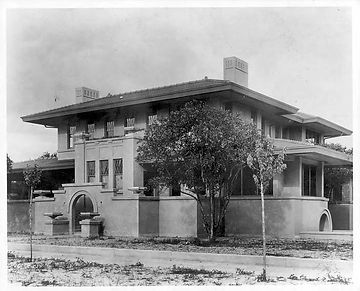
Born out of 1000’s of years of innovation, refinement, trial and error, and already having grown up in buildings across Europe, the double-hung window reached its maturity and became THE window of America.
Think about it – the window you look out of every day was crafted to last well over 100 years – maybe 200! It deserves to be celebrated, and given a little love to carry it the next 100 years. That window was designed and crafted by people who cared. It evolved to perfectly function with the archetypal home. And it still does.
We built the Wood Window Museum in Tampa, Florida to explore the history of the Archetypal Window, how it evolved, why it became the most commonly used window design in America, how we can gift it with another 100 years of life, and why that matters.
This extraordinary window holds many fascinating stories worthy of telling – and these stories all start with 5 key ingredients:
Lumber
In the 16th Century, after decimating their lumber supply in Europe, the British turned their sites on the USA. Initially exported, over the next 300 years, the USA’s lumber industry became fuel for growth. Lumber was big business! Between 1908 and 1938, one factory in Bogalusa, Louisiana milled over 1 million board feet of timber per day. The lumber felled was old growth timber – fantastically resilient wood that built all the homes from the 1880’s – 1940’s.
The seemingly endless supply of lumber resulted in the architectural designs of the time, the creation of the railways, and the vast generation of wealth of the late 1800’s. American lumber really is the beginning of the story of our ARCHETYPAL WINDOW. America’s old growth lumber is now all but gone – sacrificed in the name of progress. But its value is immeasurable. It’s one of the reasons why your windows have lasted 100 years! Reusing it, through careful restoration makes sense – it’s the best wood that was ever available – and retaining it in the structure of your home is the smartest choice, environmentally, economically, and spiritually.
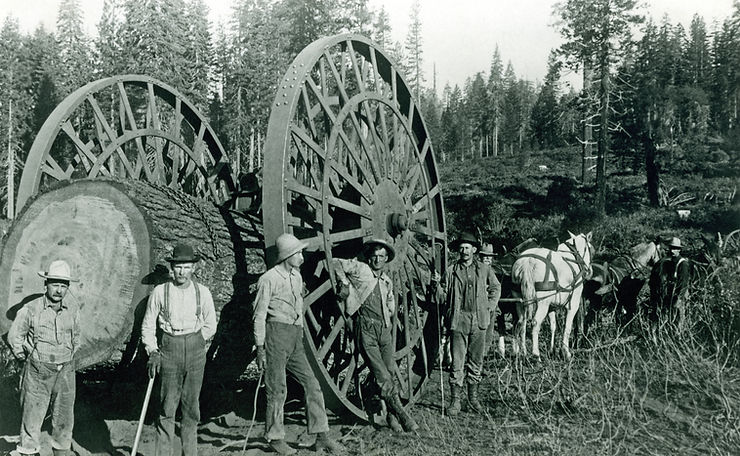
Glass
As early as 100BC, Romans were using glass in buildings. Over the next 2000 years, people developed incredible ways to master glass production, from hand-blowing glass for vessels, to creating crown glass for small window panes – all by hand. Making large, flat, clear panels of glass was the elusive goal. In 1883 the Pittsburgh Plate Glass Company finally became the first company to manufacture glass at scale. Still largely by hand, they began a new era of window glass production. The techniques they used created what we know today as ‘wavy’ glass – glass with a unique character that speaks to its hand-made nature. Each ‘imperfection’ in the glass of original wood windows tells a story.
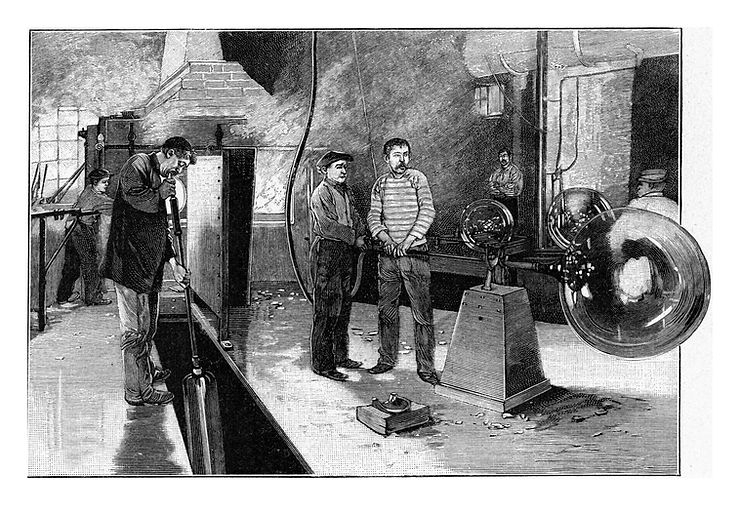
Steel
From 1875 to 1920 American Steel production grew from 380,000 tons to 60 million tons annually, making the US the world leader. This led to massive innovations in construction with steel (think of all those skyscrapers in Manhattan!) and also in the creation of a robust rail network in the USA….
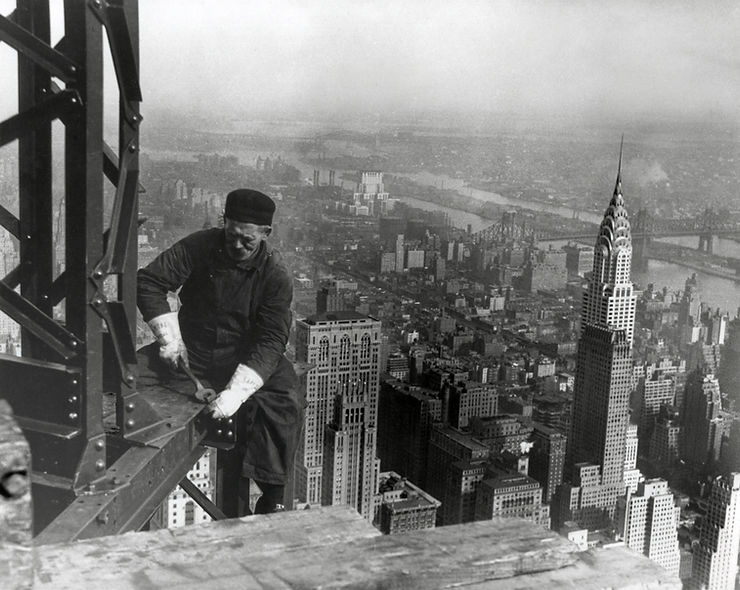
Transportation
By 1893, five transcontinental rail lines and a web of other railroads linked the American West to the rest of the country. By that time, the U.S. economy had become truly national: almost any town could receive food and goods from any section of the country within a week or two. And this meant lumber and glass could be moved efficiently around this huge country. Neighborhoods, homes, and windows were being built on a massive scale, largely by hand, as the vast resources were distributed across the country by this new train network.
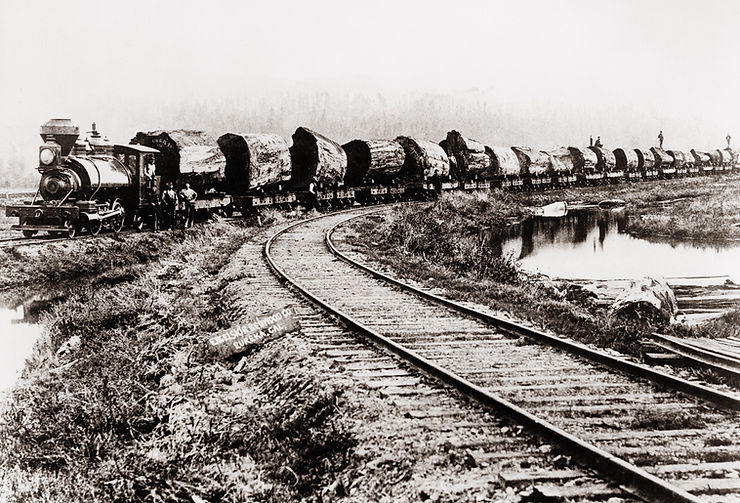
People
The heart of America. These industries all peaked at a time when America’s manufacturing was still firmly grounded in the skill of the individual – in the Journeymen and Artisans that were the builders of the fabric of this country. It’s hard to imagine a time where almost everything was made by hand.
That all of the windows of this era were made by actual people is incredible. And they were designed and built to last as long as possible. There was no reason to aim for anything else. After all, when an artisan is making something, they intend the long-term value of the product to be greater than the effort taken to make it. And at that point in time, the effort was considerable.
Embedded in every movement that went into building these windows is real humanity. An artisan with a chisel and a plane, a logger with a saw and an axe, a glass-maker hand-drawing glass, steelworkers pouring molten metal into molds, and the hard-working immigrants laying the rail all dedicated themselves and made their contribution. People knew and cared deeply that what they were doing mattered. They were pouring their hearts into something that would last for generations. They were building America, and that’s the greatness that the Archetypal Window encapsulates.
